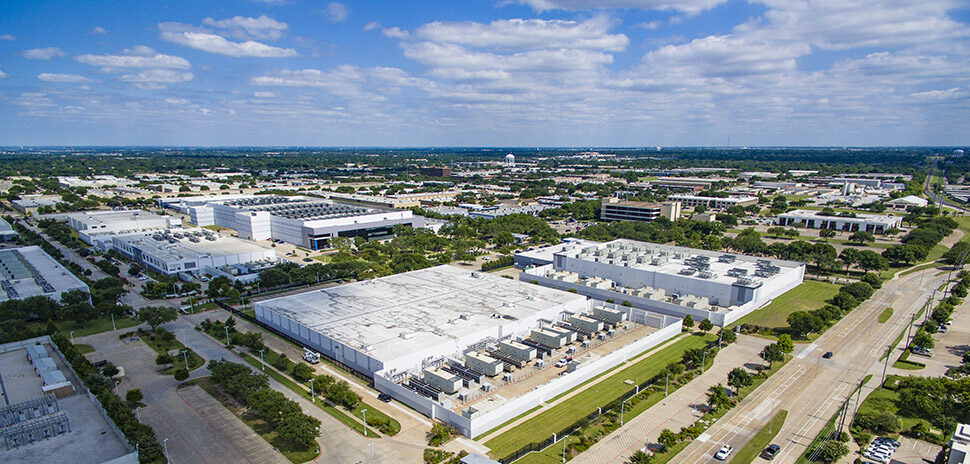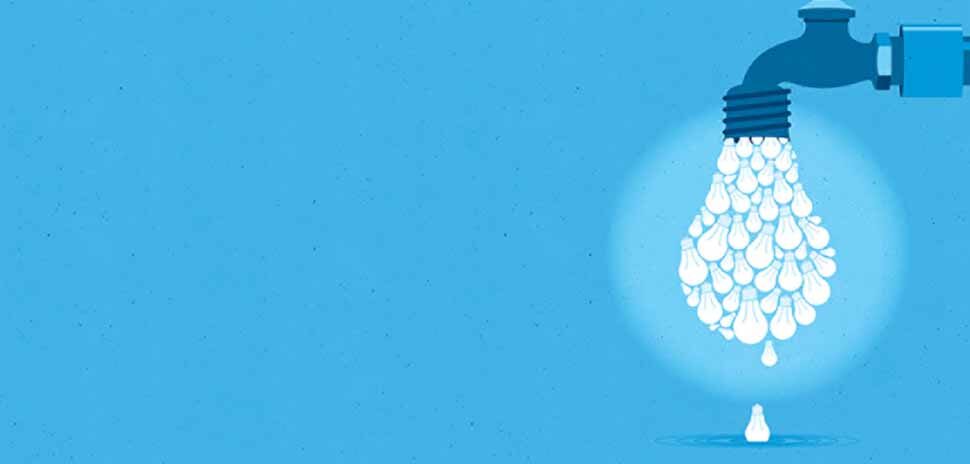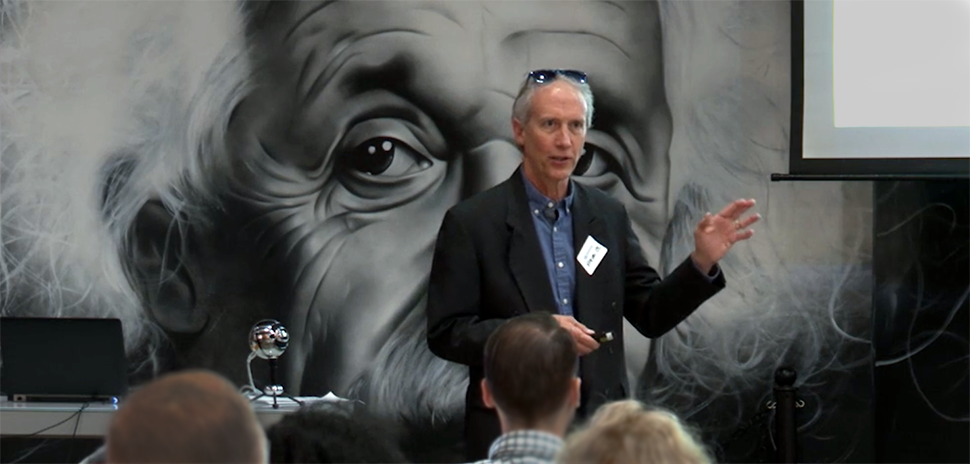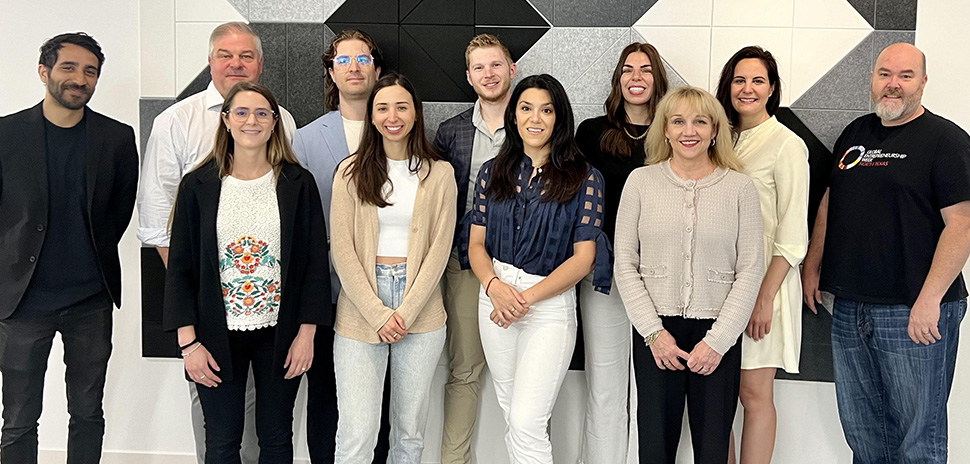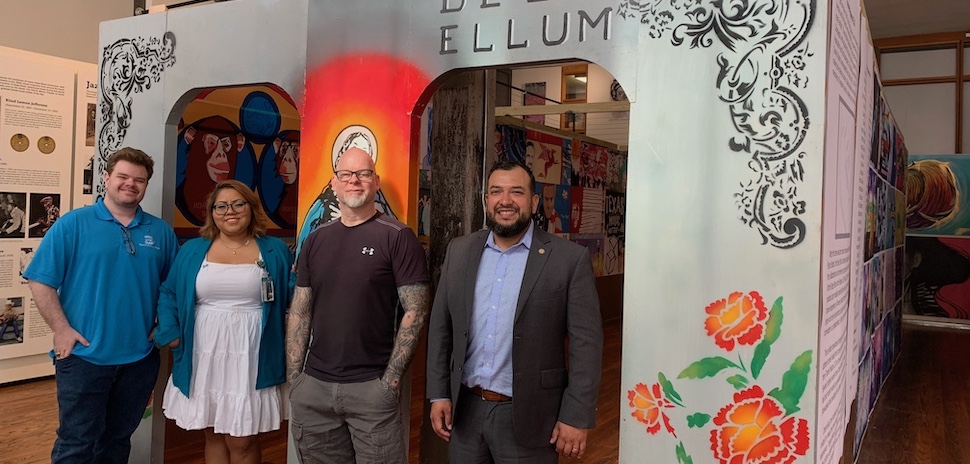As innovators, we’re always looking for what the world wants and needs next. Obviously, this has been going on for a long time. From the Industrial Revolution on, we’ve focused on the forging of new mechanisms — making widgets and artifacts, as physical products.
Then the technology age came along, and we began to obsess about software, which led into apps for the mobile, connected world.
But, as always happens, the world has gotten saturated. There are still opportunities within these individual silos, but they’re harder to find and conquer. Where do you go next?
The answer is that the next wave is coming along, and it’s a combination of the industrial and technology revolutions. It’s called Experience Innovation — or easier said, XI.
To understand experience, you have to start with people — with users. At the basic level, an experience is how we interface with the world around us. This is unlocked through all our senses — through sight, sound, smell, taste, touch. Experience is our reference point, going all the way back to childhood when we make our first discoveries about our world.
The purpose of XI is to enable those new discoveries.
Today in innovation, we’re back to that, but in a whole new way.
The purpose of XI is to enable those new discoveries. Sometimes this is physical, and sometimes digital, but it’s the combination that holds the most possibility to reinvent the way someone engages with their surroundings.
New variations are emerging every day. We can unlock a host of new experiences, for all the senses and at an unprecedented scale, through connected products. And as the innovators, this is our new job.
So if XI is our goal, and we have recognized the user in this equation, let’s further define the X.
Think of the X as two actual overlapping axes. One axis represents the physical, and the other represents the digital. The sweet spot is right in the middle, at the intersection point.
Experience innovation is all about balance. You can’t have too much of one and not enough of the other. The biggest impacts — the best experiences — come from respecting both sides equally. If you get this out of balance, it won’t stick with our user.
This is what innovators are doing to redefine markets right now. They’re enabling new products, services, and interactions — or, simply put, experiences.
This is what innovators are doing to redefine markets right now. They’re enabling new products, services, and interactions — or, simply put, experiences.
Look at the Amazon Echo, for example.
It’s been hailed as a “sleeper” hit … and Amazon’s next billion-dollar platform. And they nailed the physical-digital balance. It’s not just hardware, you’re instantly connected to the cloud. It’s also not just software. The Echo is not a disembodied voice, it (she!) has a physical presence that literally lights up when you talk to her. You have a physical entity with a digital presence. And just watch: People will use the Echo (in fact, they already are) to design new features to enhance sight, sound, taste, smell, and touch.
Here’s another example, from another unexpected source: Microsoft.
Historically, they’ve had a difficult time creating great software with matching hardware to compete with Apple (if you don’t believe me, search the word “Zune”). Windows 8, and even 10, were going on touchscreen computers people didn’t really grasp, and it wasn’t really working.
That is, until Microsoft released their award-winning Surface line.
In fact, I’m typing this on a Surface Book. It’s a powerful machine, with beautiful styling (the hinge itself is really cool). But some of my favorite interactions with it are not physical, or digital – they’re both.
For example, it came preloaded with an excellent stylus and a responsive touchscreen, physical components that let me create digital notes and sketches, which I can share real-time around the globe. It’s a seamless physical-digital interaction.
They think of Uber and Airbnb as digital brands, but the reality is, the app is only a part of the experience.
People don’t always realize this physical-digital connection when they see it, either. They think of Uber and Airbnb as digital brands, but the reality is, the app is only a part of the experience.
They connect you to a stranger’s car or house — and a (usually surprisingly nice) physical arrangement with another person. These brands understood the balance of the X.
Unfortunately, inventors, entrepreneurs, and innovators often miss this part. It’s not just the technology that people care about. The Internet of Things is not simply a technological movement, it’s about people, and their all-engaged experiences. It’s about balance.
So there it is, our new treasure hunt. Search for the true new X on the innovation map and start digging.
For a daily dose of what’s new and next in Dallas-Fort Worth innovation, subscribe to our Dallas Innovates e-newsletter.











